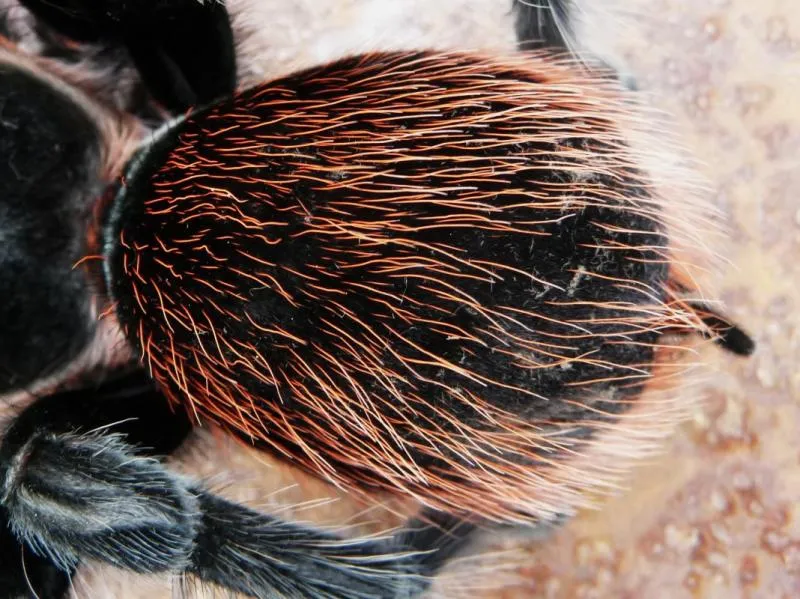What are Urticating Hairs?
Tarantulas, fascinating creatures that they are, have evolved some truly unique defense mechanisms to protect themselves from predators. One of the most remarkable of these is the use of urticating hairs, also known as stinging hairs. These specialized hairs are not found on all tarantula species, but are a key feature of many New World tarantulas. When a tarantula feels threatened, it will kick off these tiny, barbed hairs, which can cause significant irritation to anything that comes into contact with them. Understanding urticating hairs is crucial for anyone who owns or simply admires these impressive arachnids. These hairs are not merely a nuisance; they are a carefully honed survival tool that has helped tarantulas thrive for millions of years. They can be a surprising element of tarantula behavior to those who are unfamiliar, so gaining a clear picture can ease any concerns.
Tarantula Defense Mechanisms
Tarantulas employ a multi-faceted approach to self-preservation. Beyond their urticating hairs, tarantulas use other defensive tactics. These spiders can also deliver a bite, though their venom is typically not lethal to humans, the bite can be painful. Many tarantulas also possess a striking posture to make them appear more threatening. They will raise their front legs, rear up, and display their fangs in a show of aggression, meant to deter any potential threat. Furthermore, camouflage plays a role for some tarantulas, blending in with their environment to avoid detection by predators. Lastly, their size itself is a defense for some. A large tarantula is less vulnerable than a small one.
How Urticating Hairs Work
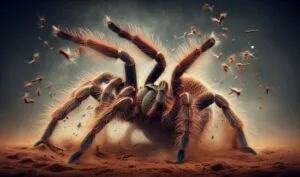
The mechanism behind urticating hairs is quite remarkable. These hairs, which are modified setae (hair-like structures), are located on the tarantula’s abdomen, specifically on the dorsal side. When a tarantula feels threatened, it uses its hind legs to flick or kick these hairs off its abdomen toward the perceived threat. The hairs are covered in microscopic barbs, which help them to embed into the skin or eyes of the target. Once embedded, the hairs cause irritation, itching, and sometimes, an allergic reaction. The direction and force with which the hairs are ejected can vary depending on the tarantula species and the perceived threat level. The effectiveness of the hairs is a significant deterrent to predators, and the ability to rapidly deploy these hairs makes them an essential part of a tarantula’s defense strategy. The hairs are a potent defense that impacts any soft tissue.
The Purpose of Kicking Hairs
The primary purpose of kicking hairs is straightforward self-defense. Tarantulas use these hairs to ward off predators. The hairs are designed to cause discomfort and irritation, which can cause the attacker to retreat. The hairs can also be effective against smaller threats, like ants or other insects that might try to prey on a tarantula. In addition to defense, kicking hairs may also serve a secondary function in territorial disputes, where tarantulas might use them to discourage rivals from encroaching on their territory. In essence, the hairs provide a crucial advantage, allowing tarantulas to survive in their natural habitats, where they face a wide range of potential threats from various animals. The hairs are thus essential for the survival of the spider.
Why Do Tarantulas Kick Hairs?
Tarantulas kick hairs primarily as a defensive response when they feel threatened. This might be triggered by a perceived attack, the presence of a predator, or even when they are disturbed by something like a hand. When a tarantula is startled, it might kick hairs as a first line of defense before resorting to other means, such as biting or fleeing. Environmental factors can also play a role; some tarantulas are more prone to kicking hairs when they are stressed, such as when kept in an unsuitable environment, or are not given the right amount of space. Furthermore, certain tarantula species are naturally more inclined to use this defense mechanism than others. Understanding these triggers can help pet owners to minimize situations that might cause their tarantula to kick hairs, which is essential for the well-being of the spider.
Molting and Hair Kicking

Molting is a crucial part of a tarantula’s life cycle, where the spider sheds its exoskeleton to grow. During this process, tarantulas often lose their urticating hairs, which are replaced with new ones. The hairs are lost as the old exoskeleton is shed. Even though the hairs are not deliberately kicked off, they are released during the molting process. Newly molted tarantulas are particularly vulnerable, as their fangs and body are soft and their defenses are less readily available, so they may try to hide to protect themselves. It is important to avoid handling a tarantula immediately after molting, as it is more sensitive and can be more easily injured. Ensuring the tarantula has a proper habitat with adequate humidity is essential during this vulnerable period.
Different Types of Urticating Hairs
Urticating hairs are not uniform across all tarantula species. There are several different types, each with its own characteristics and effects. Type I hairs, found on some species, are long and needle-like, while Type III hairs are shorter and more barbed. Some species have hairs that are more irritating than others. The specific type of hair a tarantula possesses can influence how it defends itself and the degree of irritation it causes. The classification is largely based on the physical structure and location of the hairs on the spider’s abdomen. The hairs’ characteristics can vary greatly. Each has different effects, depending on the tarantula’s evolutionary adaptations. Learning about the types of hairs helps in understanding how different tarantulas are adapted to survive.
New World vs Old World Tarantulas
A key distinction in tarantula behavior and defense is between New World and Old World species. New World tarantulas, originating from the Americas, are known for having urticating hairs, which they kick off their abdomen as a defense mechanism. Old World tarantulas, from places like Africa and Asia, typically lack these hairs, relying instead more heavily on their bite and often displaying a more aggressive behavior. The use of urticating hairs gives New World tarantulas a relatively less aggressive defense, while Old World tarantulas tend to be more quick to bite when threatened. This difference is a primary factor when considering the handling of tarantulas. The distribution of these traits reflects the evolutionary adaptations of tarantulas in various regions, and plays a major role in how they interact with the environment and potential threats. The distinction is a cornerstone of tarantula care and understanding.
Health Risks of Tarantula Hairs
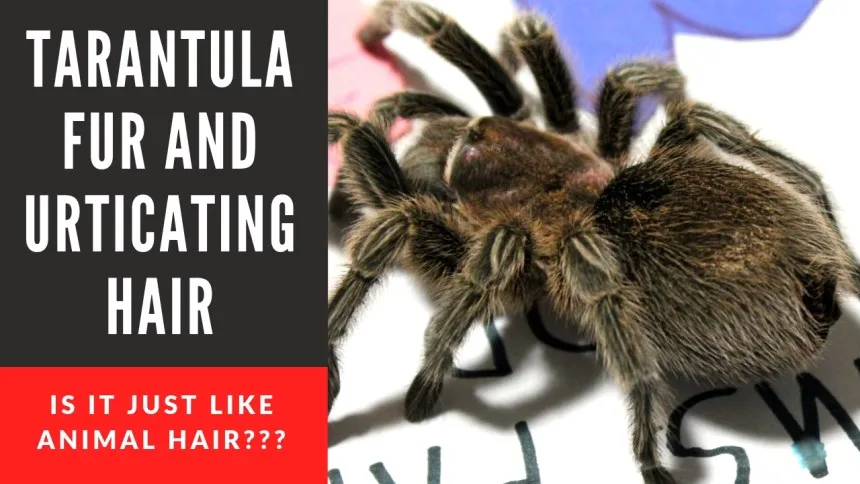
While tarantula hairs are not generally life-threatening, they can cause a range of unpleasant health issues. The primary risk is irritation, as the barbed hairs can penetrate the skin or eyes, causing itching, burning, and redness. The severity of the reaction can vary depending on the individual’s sensitivity, the type of hair, and the amount of exposure. People who are allergic to the hairs may experience more severe reactions, including skin rashes, swelling, or even respiratory issues. Proper handling and preventative measures are essential for minimizing the risks associated with urticating hairs.
Skin Irritation and Allergic Reactions
Skin irritation is the most common effect of exposure to urticating hairs. When the hairs come into contact with the skin, they can cause immediate itching and burning. This irritation can lead to a rash and the affected area may become red and inflamed. The severity can vary from mild discomfort to more significant skin reactions. Some individuals may experience allergic reactions, which can manifest as hives, swelling, or even more severe symptoms. If a reaction occurs, it is essential to take steps to alleviate the symptoms, such as washing the affected area, using anti-itch creams, and seeking medical attention if symptoms are severe. Careful handling and environmental control can help minimize the chances of skin irritation.
Eye Irritation and Respiratory Problems
Eye irritation is another possible health risk associated with tarantula hairs. If the hairs get into the eyes, they can cause significant discomfort, including itching, tearing, and redness. In some cases, the hairs may need to be removed by a medical professional. Inhaling tarantula hairs can also lead to respiratory problems, especially for individuals who are sensitive. Symptoms can include coughing, sneezing, and difficulty breathing. It’s important to handle tarantulas in a well-ventilated area and to avoid direct contact with the hairs to minimize the risk of eye and respiratory irritation. Those with asthma or other respiratory conditions should be particularly cautious when handling tarantulas.
Dealing with Urticating Hairs
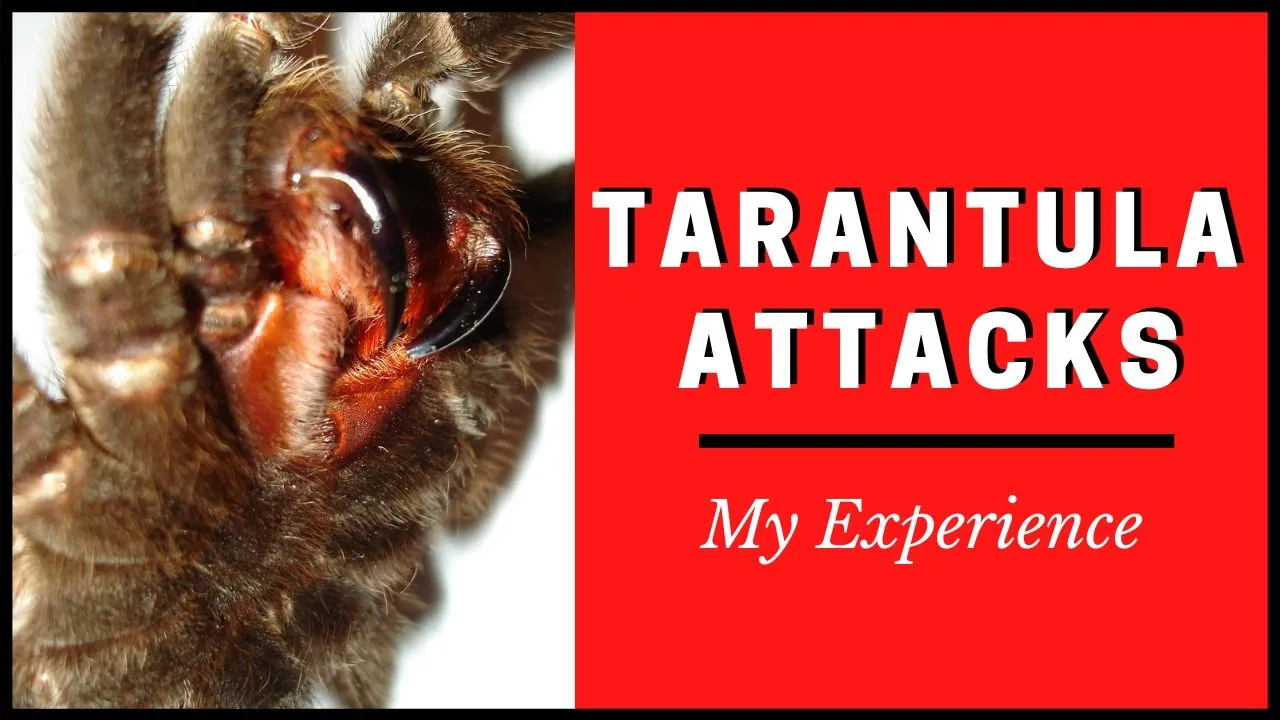
If you come into contact with tarantula urticating hairs, it’s important to take immediate steps to alleviate the symptoms and prevent further exposure. The appropriate response varies depending on the area of contact. The most important thing is to avoid rubbing the affected area, which can push the hairs deeper into the skin. Quick action can prevent unnecessary discomfort and help minimize the risks associated with exposure to tarantula hairs. Proper management is an important aspect of owning or handling a tarantula and understanding these measures is crucial for your safety.
Removing Hairs from Skin
If you come into contact with urticating hairs on your skin, the first step is to remove the hairs as quickly as possible. You can use adhesive tape to lift the hairs off the skin. Gently apply the tape to the affected area and remove it carefully, being cautious not to rub or scrub, which can push the hairs deeper. Washing the affected area with soap and water can also help to remove any remaining hairs, but avoid hot water, which can open the pores and make the irritation worse. After removing the hairs, you can apply an anti-itch cream or antihistamine to reduce itching and inflammation. It is important to avoid scratching the area. Follow these steps for effective relief.
Preventing Exposure
Preventing exposure to urticating hairs is the best way to avoid skin and respiratory irritation. When handling a tarantula, always wear gloves and long sleeves to protect your skin. Make sure that you handle the tarantula in a well-ventilated area to minimize the risk of inhaling the hairs. Avoid any sudden movements or actions that might startle the tarantula and cause it to kick hairs. If you keep a tarantula as a pet, be sure to keep its enclosure clean and regularly remove any shed hairs or debris. Maintaining a safe environment for both the tarantula and yourself is critical for preventing health issues. Proper equipment and cautious handling can significantly reduce the risk of exposure.
Handling Tarantulas Safely
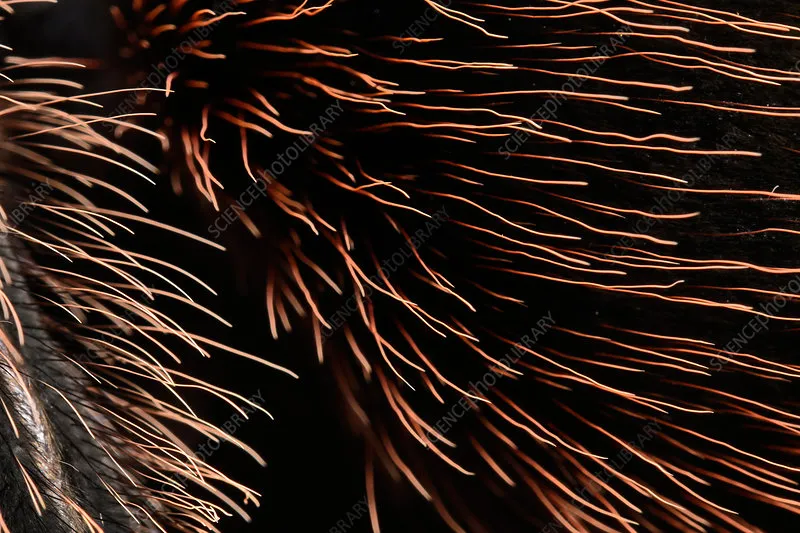
Handling tarantulas requires caution to minimize the risk of exposure to urticating hairs and bites. Always handle tarantulas in a safe, controlled environment, and never let them roam free. Use appropriate handling tools, such as tongs or a soft brush, to avoid direct contact with the tarantula. Be gentle and avoid sudden movements that could startle the tarantula. Avoid any actions that might make the tarantula feel threatened, such as loud noises or sudden changes in light. If you’re not comfortable handling tarantulas, it’s best to observe them in their enclosure. If you need to handle a tarantula, wear gloves and protective clothing. Always wash your hands thoroughly after handling a tarantula, even if you think you haven’t come into direct contact with the hairs.
